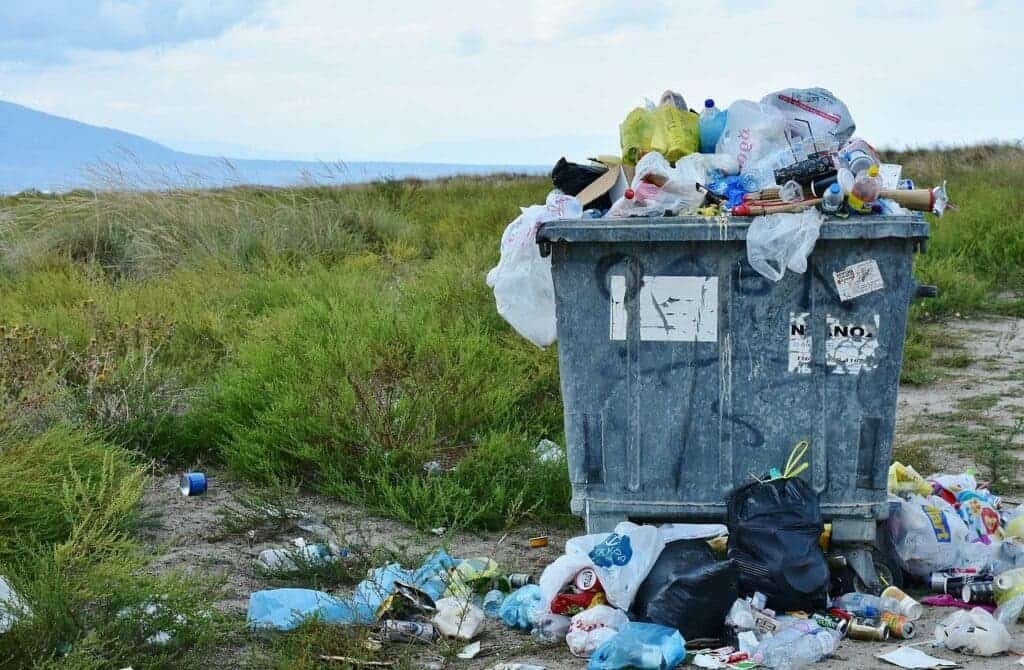The quantity of plastic on our planet has massively exceeded the safe limits for humans and wildlife, says a new study. Although efforts to recycle have increased substantially over the last few decades, they are falling woefully short of solving the issue; the paper suggests placing limits on plastic production as a necessary solution.

The study was penned by the Stockholm Resilience Centre ahead of a UN meeting in Nairobi at the end of the month. This meeting, the Fifth session of the United Nations Environment Assembly, plans to tackle the issue of plastic pollution “from source to sea”, according to a statement by UN Environment Programme head Inger Andersen said on Monday.
There are an estimated 350,000 different manufactured chemicals on the market today, and large quantities of them end up dumped in the environment in one way or another, the study explains.
Over capacity
“The impacts that we’re starting to see today are large enough to be impacting crucial functions of planet Earth and its systems”, says Bethanie Carney Almroth, co-author of the study. “Some chemicals are interfering with hormone systems, disrupting growth, metabolism and reproduction in wildlife.”
Pesticides and plastics are the main sources of damage to ecosystems and wildlife, the team explains. They impact biodiversity and pile a lot of stress on natural systems that are already crumbling under the pressure of human activity. Pesticides kill living organisms en masse, and plastics hurt wildlife as they are confused for food or entangle various animals.
We as a global society need to put more effort into preventing such substances from reaching the natural environment, the authors conclude. Recycling has, so far, not been sufficient; less than 10% of the world’s plastic is being recycled currently, while production of these materials has doubled to 367 million tons since 2000.
This has led us to an extreme quantity of plastic piling up on our planet. According to previous research cited by the study, the total weight of plastic on Earth today is four times greater than the biomass of living animals.
“What we’re trying to say is that maybe we have to say, ‘Enough is enough’. Maybe we can’t tolerate more,” Almroth adds “Maybe we have to put a cap on production. Maybe we need to say, ‘We can’t produce more than this’.”
The Stockholm Resilience Centre has been researching “planetary boundaries” for several years now. These quantify the Earth’s stability over nine areas and includes elements such as greenhouse gas emissions, freshwater usage, and the integrity of the ozone layer. The aim of this research is to pencil out a “safe operating space” for humanity — how much we can use of the planet across nine dimensions without putting life on Earth at risk.
“Novel entities” — man-made chemical products such as plastics, pesticides, medicine, and non-natural metals — have an impact on the environment. Until now, the team explains, exactly what this impact was remained unclear. This is due to how recent some of them are — most have been developed in the past 70 years — and the fact that data on these materials is often handled as corporate secrets.
Even the most comprehensive databases to date, such as the EU’s REACH inventory, only cover 150,000 of these products; only a third of those have been the subject of detailed toxicity studies, the team adds.
“We are only beginning to understand the large-scale, long-term effects of these exposure. And we’re talking about 350,000 different substances,” Carney Almroth said. “We don’t have knowledge on the vast majority of those, in terms of how much are produced or their stability. Or their fate in the environment or their toxicity.”
“Looking at changes over time and trends in production volumes lost in the environment […] and connecting that to the little bit we do know about impacts, we could say that every arrow is pointing in the wrong direction.”
Although the findings are not encouraging, the team is confident that things can still be set right, if we take “urgent and ambitious actions” at an international level. There’s no easy fix, however, since society as it is today relies on many of these chemicals and materials. What we can do, the team proposes, is to set production caps for these materials, instead.
“This seems very obvious to say but it’s only recently accepted as truth: The more you produce, the more you release,” Carney Almroth concludes.
The paper “Outside the Safe Operating Space of the Planetary Boundary for Novel Entities” has been published in the journal ACS Publications.






